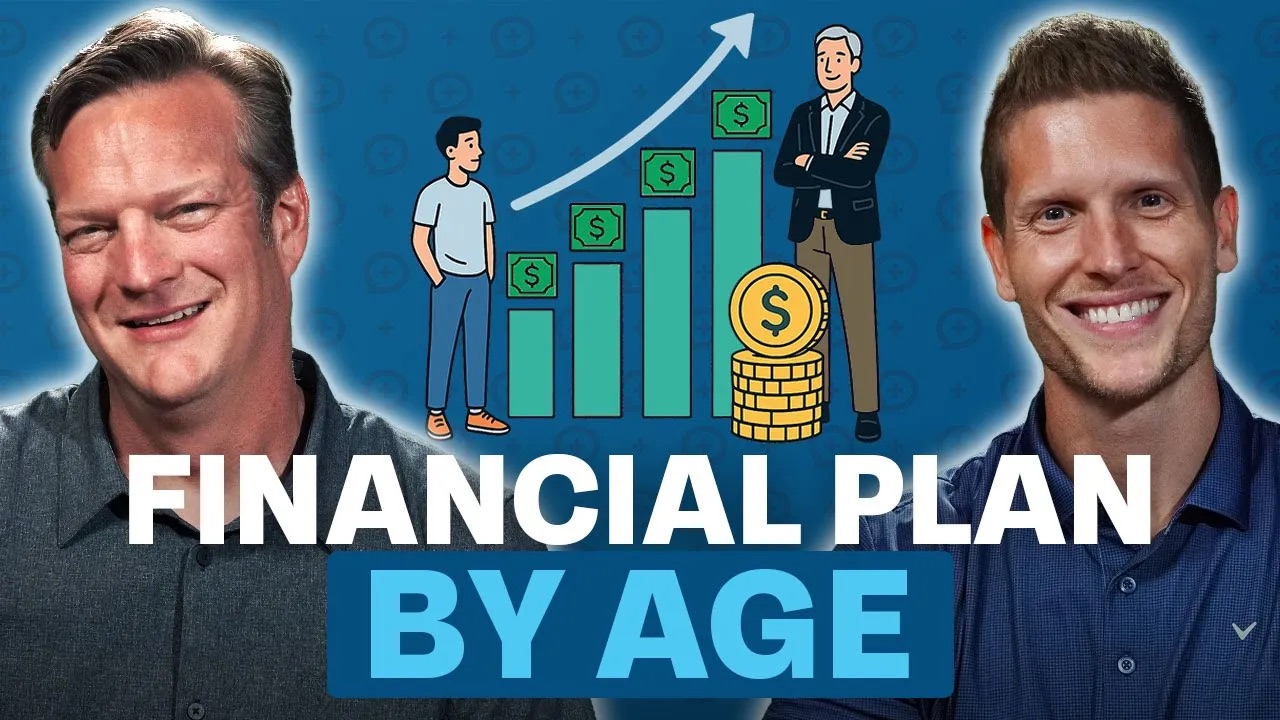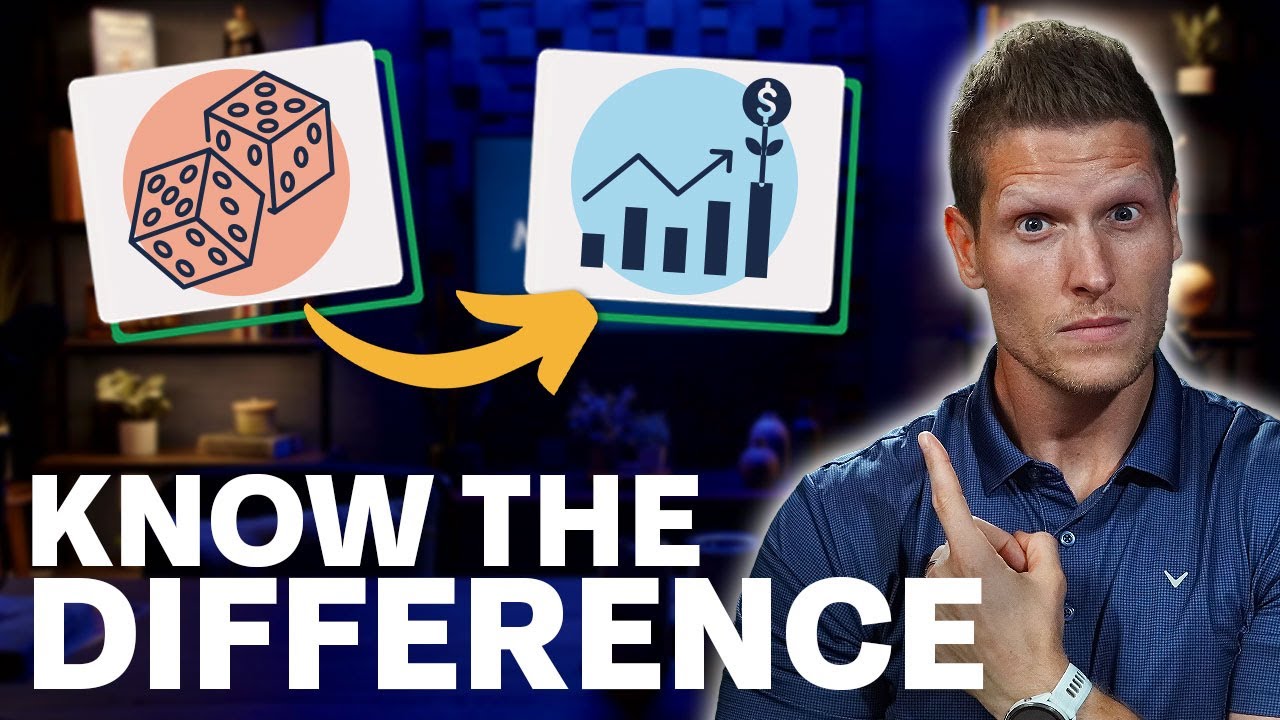Generating passive income is a dream for many people out there who are looking to create flexibility outside of a 9-5 job or anyone who just wants extra income outside of their day job. Who wouldn’t want to create a stream of income that requires little to no work? Unfortunately, the passive income brochure often doesn’t match reality. There are several myths and misconceptions floating around about passive income.
What is passive income?
Active income is money earned from your labor and time. Passive income, on the other hand, is money generated from assets you own; the assets are doing the work, not you. To create passive income, you must own something of value that is generating income. Passive income is real and it is achievable by almost everyone, but it does require work on the front-end.
The glossy brochure focuses on the passive income, not the work required to get there. Let’s dive in and take a look at what exactly people are doing to generate passive income, in order from least passive to most passive, and how you can follow in their footsteps.
1. Start a side hustle
A growing number of Americans, now 40%, say they have a side hustle, according to a recent report by Zapier. Many of these side hustles are not very passive, though. The most common side hustles include online blogging/social media influencer, gig work (Uber, delivery driver), selling merchandise online, and freelancing.
While starting a side hustle may be a lot of work upfront, they can eventually generate passive income. A side hustle is also a reliable way to generate income; you are filling a need by providing a service or product. Chances are doing gig work or driving for Uber won’t ever generate passive income for you, but there are more creative avenues you can explore to turn a side hustle into a real passive income-generating activity.
I have several acquaintances that sell products online, from antiques and collectibles to handmade arts and crafts. The work is done on the front-end; sometimes products take years to sell, but they can now afford to take a break or vacation without losing that stream of income they worked so hard to create.
2. Create content
If you are great at creating content that provides value, it can be an asset that generates income long after it is created. Just because you have great content, though, doesn’t mean you can create income. You can shout high-value content into a void and never earn a dime. Building an audience and monetizing your content requires a tremendous amount of time and work. As many of you know, Brian started The Money Guy Show in 2006, but it was far from a passive activity and initially it was not even considered a revenue opportunity. It wasn’t until years later that the fruits of his labor really started showing. Years and years of sweat equity made the show what it is today.
The data shows that being a content creator is very difficult, especially starting out. 26% of self-described “content creators” make under $1,000 per year, and 52% make under $10,000. The majority of content creators, 53%, will make less than $1,000 in their first year. And those are just the numbers for those that are sticking with it: 75% of all podcasts are no longer in production and 95% of all blogs have been abandoned.
If you are going to create content, make sure you are doing it for more than just money. Commit to creating content consistently and don’t deviate from that schedule, whether it’s weekly, twice per week, or daily. If you are creating high-quality content that people resonate with, with enough hard work, you could eventually gain a following.
3. Real estate
Real estate could be higher on the list, as it isn’t necessarily passive, but it can be. If you are personally involved with managing a property, you’ll be doing a lot more than collecting rent checks every month. As owners of a commercial property, Brian and Bo would tell you that managing tenants, repairs, maintenance, and renovations has been far from passive.
There are a few different ways to do real estate passively. It is always possible to be a passive investor and let others handle managing the property, but that can eat into a large portion of your profits. Most property managers charge a monthly fee of between 8% to 12% of the monthly rent collected. Along with other factors that aren’t completely in your control, like building maintenance and repairs, vacancy rates, and unfavorable market conditions, making passive income through investing in real estate isn’t always a slam dunk.
Even more passive are REITs (real estate investment trusts), which are securities that allow you to invest capital in real estate without becoming personally involved. REITs can own commercial or residential real estate, ranging from office buildings, malls, hotels, apartments, homes, and more. If you are willing to sacrifice controlling decisions about the property for a more passive stream of income, REITs could be worth considering.
4. Portfolio income
Income from investment returns or dividends is our favorite form of passive income. Active income must be invested to create passive income, but returns are truly passive. Your money is working in the background while you work and even sleep. Over the last 50 years, the S&P 500 has annualized 11.24%, including dividends. There are many index funds that allow you to buy the S&P 500 for next to nothing or in a few cases, for absolutely nothing (meaning no expense ratio).
For younger investors starting out and wondering where to start, a target date index fund is worth considering. Depending on how old you are, the fund will have a portion allocated to large cap U.S. stocks (such as companies in the S&P 500), some small cap equities, international, and fixed income.
Once your money is working for you, growth and income generated is totally passive. You don’t even have to start a side hustle, create content, or dip your toes into the world of real estate investing. We love portfolio income because it is highly accessible (anyone can do it) and it doesn’t take much, if any, know-how.
“Passive” income isn’t ever completely passive, but some forms are more passive than others. Your financial independence journey will likely include a mix of active and passive income that fluctuates depending on what stage of life you are in. Starting out, true passive income is very difficult to achieve. In retirement, you may not be earning any active income at all. No matter what your journey looks like, and what streams of passive income you pursue, plan for the future, be prepared to put in the work, and have reasonable expectations.
If you want to hear more of our thoughts on passive income, watch our previous show on passive income here: “Passive Income Exposed: 3 Ways To Actually Make Money.” For access to all of our courses, free resources, and to learn more about what we do in our day jobs, you can visit us online at MoneyGuy.com.













